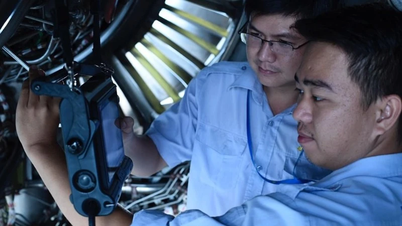Want to burn fat while maintaining lean muscle? The answer may lie in a simple diet called intermittent fasting, especially when combined with a regular exercise routine.
A new study from the University of Mississippi, published in the International Journal of Obesity, shows that time-restricted eating (also known as 16:8 or 18:6 intermittent fasting) combined with exercise can help lose fat while preserving muscle mass.
Over the years, intermittent fasting has become a popular diet strategy, especially in the health and fitness community. Unlike traditional diets that focus on cutting calories or eliminating entire food groups, intermittent fasting is based on limiting your eating window during the day – usually to about 8-10 hours.
Researchers from the University of Mississippi Health Sciences Center took a closer look at the link between intermittent fasting, exercise, and body composition. They found that when combined with physical activity, 16:8 or 18:6 intermittent fasting had a significant impact on fat loss without reducing lean muscle mass.

“One of the biggest drawbacks of traditional weight-loss diets is that the body can lose muscle along with fat. This is problematic because muscle plays an important role in maintaining metabolic rate and overall health. Our research suggests that combining intermittent fasting with exercise can avoid that drawback,” explains lead author Dr. James Carson.
In this study, scientists observed a group of adults who participated in a regular exercise program. One group followed an intermittent fasting regimen by eating within an 8-hour window, while the other group ate according to their normal routine.
After several weeks, the group that combined intermittent fasting and exercise showed significant reductions in body fat, while muscle mass remained stable.
This suggests a synergistic effect: while exercise helps build and preserve muscle, timed eating helps control energy and metabolize fat more efficiently. This combination not only promotes fat loss but also helps preserve body strength.
Experts emphasize that the benefits of intermittent fasting don't come from eliminating specific foods, but from restructuring eating habits to align with your natural biological clock.
When the body has breaks from digestion, metabolic and cellular repair processes occur more efficiently.

Still, researchers note that intermittent fasting is not a “one-size-fits-all” approach. Results may vary depending on exercise level, lifestyle, and personal health factors.
They recommend that those interested in adopting it should experiment with flexibility and consult a nutritionist or doctor.
This study opens up new prospects for those looking for safe and sustainable weight loss solutions, especially those who regularly exercise but are concerned about muscle loss while dieting.
In the context of rising obesity rates globally, intermittent fasting combined with exercise can become an effective tool to not only improve body shape but also enhance long-term health./.
Source: https://www.vietnamplus.vn/muon-dot-chay-mo-thua-ma-khong-mat-co-hay-thu-che-do-an-don-gian-nay-post1056869.vnp












































































































Comment (0)